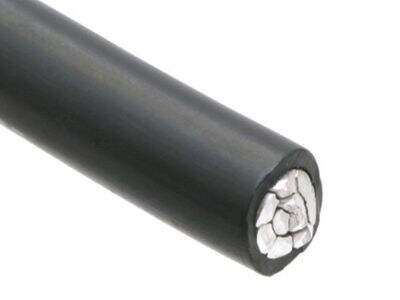Low voltage and medium voltage cables are two essential types of cables for power systems. Its important to understand the differences between these cables and where they are used to maintain safe and well functioning electricity.
What is Low Voltage and Medium Voltage?
The low voltage cables are designed to transport a current at a voltage level of under 1000 volts. These cables are what connect much of the electrical infrastructure in homes that powers things like lights and appliances. Medium voltage power cables, on the other hand, transmit electricity at a voltage of 1000 to 35,000 volts. These are what factories and large buildings use to supply power to large machines.
Applying Low-Voltage Cables Inside Homes
Low-voltage cables have multiple applications in the home for electrical equipment. For instance, such cables run from outlets to electrical panels, provide power to heaters, air conditioners, lights and entertainment systems. They are also employed in security systems, such as in cameras and alarms, to protect homeowners.
Medium Voltage Cable Usage in Factories
Medium voltage cables have significant importance in factories. They deliver electricity from substations to large machines and devices. These cables can withstand high voltage and provide a reliable and safe power source in factory projects. Medium voltage cables are important materials to factories – without them, the factories would not run smoothly.
Variations of insulation for LV and MV cables
An obvious dissimilarity between low voltage cables and medium voltage cables is the way in which they are insulated. As they do not transport high voltage, low voltage cables have thin insulation. Medium voltage cables have a thicker insulation in order to safely operate at higher voltages. It is crucial to use the correct cable with proper insulation for safety and effectiveness.
The Importance of Installation and Maintenance
It is significantly important to install and maintain low and medium voltage cables for electrical safety. Adhering to manufacturer guidelines and industry practices like these can prevent issues such as overheating and short circuits. We would advise making regular inspections to detect any problems with the cables. When they do, it helps prevent homeowners and factories from their electrical systems working in a safe and efficient manner.
Conclusion
Both electrical cable and medium voltage cables are very important in homes and in factories, where power is a necessary requirement for a variety of applications. It is important to know the difference in these cables, so you learn how to install and maintain them correctly and safely. With the right cable, and by best practices, Anyone can have a safe and effective electrical system.

